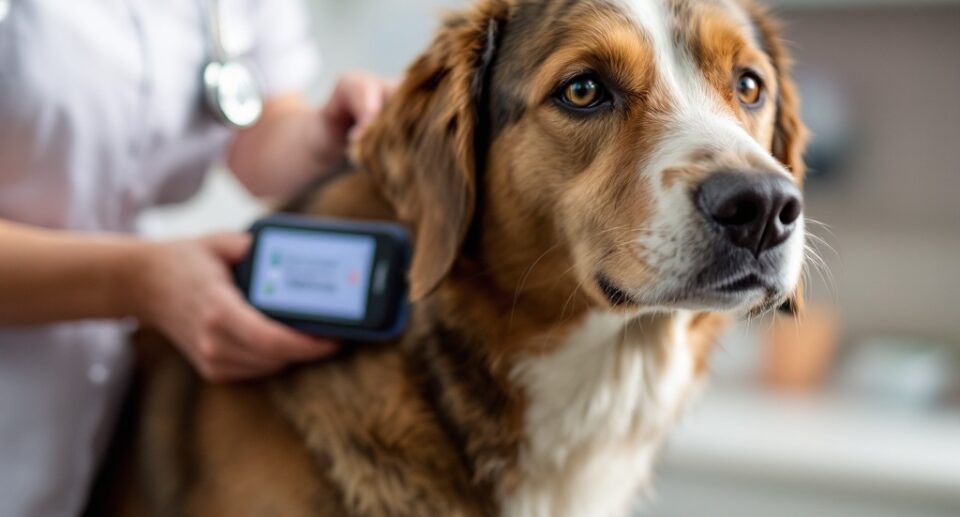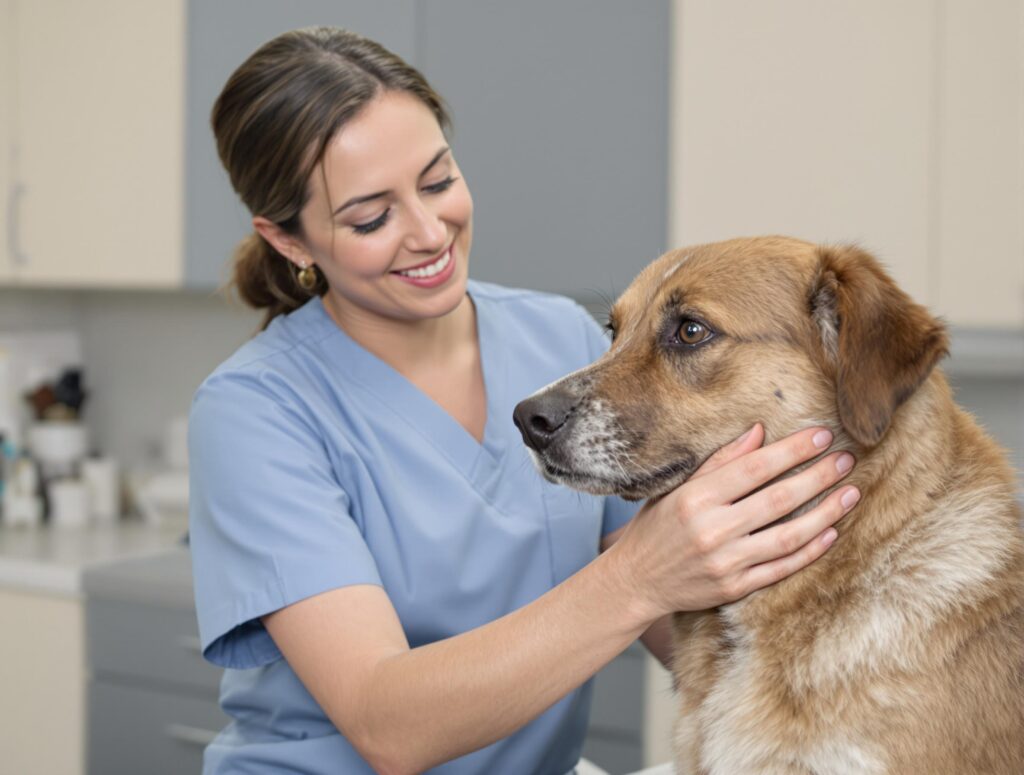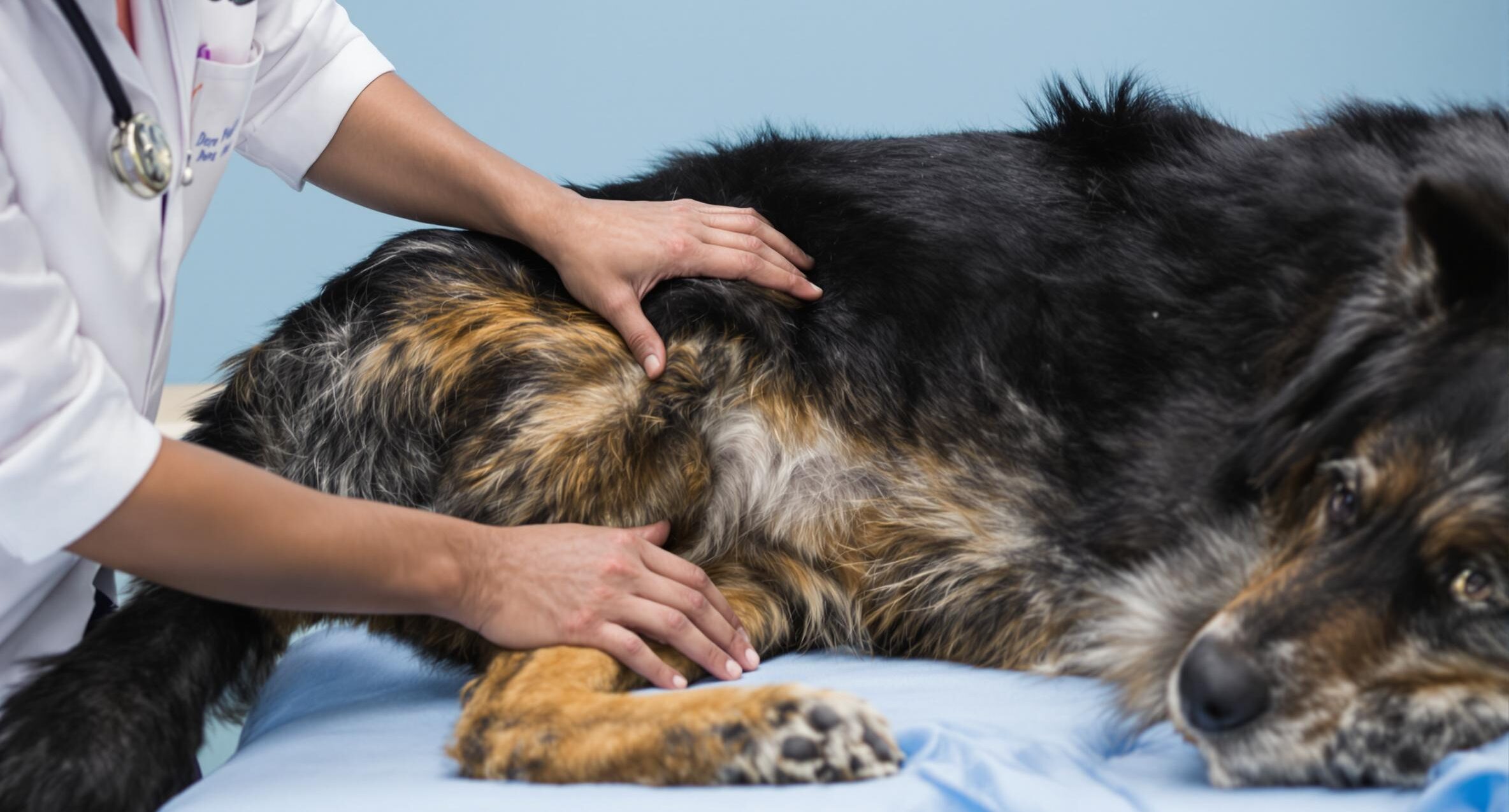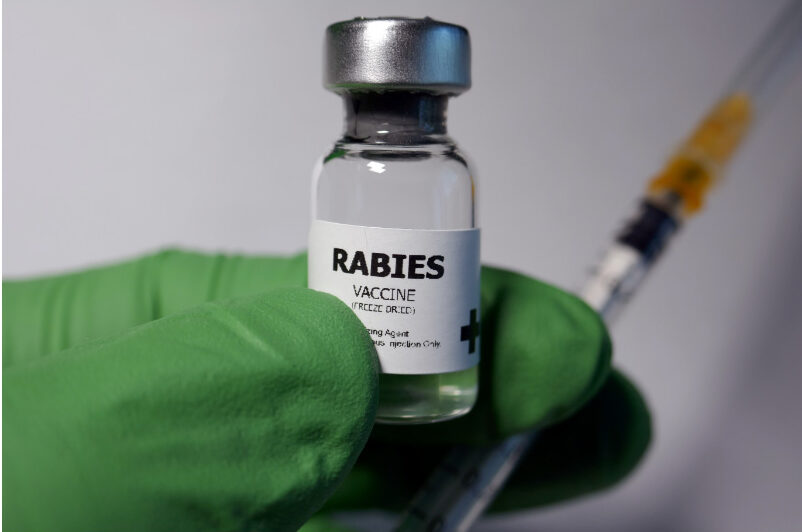
Key takeaways:
- Microchipping your pet increases the chances of reunion if they get lost.
- A quick scan at a vet or animal shelter can instantly reveal if your dog has a microchip, making it easier to reunite lost pets with their families.
- Keep your contact details up to date in the microchip registry—a chip only works if it leads back to you! A quick update ensures your dog’s ID is always accurate and reliable.
Losing a pet is every owner’s worst fear, but microchips have helped reunite countless dogs with their families. These tiny, rice-sized devices sit just beneath the skin and contain a unique ID number that links to the owner’s contact information. Unlike collars or tags that can easily fall off or be removed, a microchip is a permanent form of identification, increasing the chances of a lost dog finding their way home.
Many pet owners wonder how to check if a dog is chipped, especially when adopting a rescue or finding a lost pet. At PetHealthMD, we’re here to help you navigate every aspect of responsible pet care, including microchip identification and maintenance. Here’s what you need to know to ensure your dog is protected.
Understanding how microchips work in dogs
Microchips are one of the most reliable ways to keep your dog safe. Unlike collars or tags that can fall off, a tiny chip—about the size of a grain of rice—stays with them for life. It’s placed just under the skin between their shoulder blades in a quick, nearly painless procedure, much like a routine vaccine.

The chip itself doesn’t send out signals or track your dog’s location. Instead, it works only when a vet or shelter scans it with a special reader. When scanned, it pulls up a unique ID number that’s linked to your contact details in a secure database. That’s why keeping your information up to date is so important—without the right phone number, a microchip won’t be much help in getting your dog back home.
Think of it as a permanent ID tag that never wears out. Unlike GPS devices that need charging or can break, a microchip quietly does its job for life. Most animal shelters and vet clinics have universal scanners, so if your dog ever goes missing, there’s a good chance they’ll be identified and returned to you.
How to check if a dog has a microchip: simple steps
Checking if your dog has a microchip is simple, and you can start at home before heading to a vet. While you won’t be able to see the chip itself, some simple clues can help you figure out whether a dog might already be chipped.
- Adoption or breeder paperwork – Shelters and breeders often document microchip details.
- Microchip ID tag on the collar – Some microchip companies provide tags with registration numbers.
- Previous vet records – If your dog has seen a vet before, they may have a record of the chip.
- Feel for a slight bump – While not always detectable, some microchips can be felt under the skin.
If you’re still unsure, a quick visit to your local vet or animal shelter will provide a definite answer. They can scan your dog with a handheld reader, confirm if a chip is present, and help you register or update your contact details if needed. To make the experience positive for your pup, bring along their favorite treat—rewarding them afterward helps reinforce that vet visits can be stress-free and even enjoyable.
Veterinary assistance in microchip detection: what you need to know
Finding your lost dog’s microchip is a worry-free process at your veterinary clinic. Your vet’s expertise and specialized equipment make identifying a microchipped dog quick and straightforward. Many pet parents wonder, “Can a vet find my dog’s microchip?” The answer is a reassuring yes—your veterinary team has the tools and knowledge to help.
Your vet uses a gentle, hand-held scanner that painlessly detects microchips during your visit. This simple process takes just moments, and your dog won’t feel a thing. The benefits of microchipping extend beyond basic identification, giving you peace of mind that your pet can be identified if it ever wanders off.





